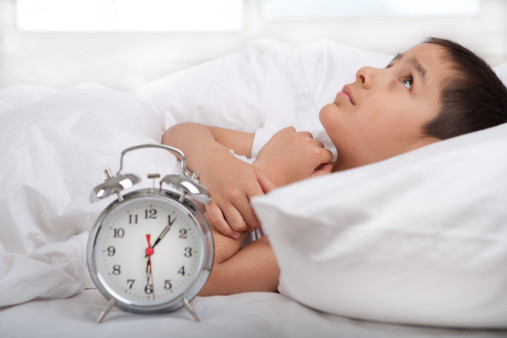Child Sleep: How to detect a disorder?
The early diagnosis of sleep disorders is essential, especially in the case of the smallest of the house, since they can because adverse effects, including the problem becomes chronic. Some sleep disorders in childhood may be associated with respiratory problems, such as obstructive apnea or primary snoring. Narcolepsy, night terrors or sleepwalking are other disorders that may appear in this stage.
Sleep disorders are not unique to adulthood, quite the opposite. Children and adolescents can also have sleep disorders, although it should be noted that the causes and health consequences are different. And it is that sleep is restful, so their lack or alteration can have negative health consequences, both physical and cognitive. It is important, as highlighted by the specialists as soon as possible to detect the disorder have an accurate diagnosis and apply the necessary treatment.
Sleep disorders usually, in most cases, a transient condition, although as medical data, it is estimated that around 30% of cases becomes a chronic problem. But what are the causes or what’s behind in a child sleep disorder? On the one hand, there may be a physiological cause, associated with other diseases, but experts suggest that the main reason is usually a lack of healthy habits and proper sleep. Some sleep problems in children often hide other disorders, such as obstructive sleep apnea (breathing problems) or primary snoring.
Younger children also can cost them fall asleep and get to suffer insomnia. It is one of the disorders in which most affect the sleep habits, for example, not having established some sleep schedules (time to go to sleep, number of hours). The lack of habits is conditioned by the lack of limits establishments (the child’s refusal to go to sleep or when errors induce sleep). In the case of children, not to have a particular object or not recognize space can alter sleep.
Other disorders that may occur in the child age are narcolepsy – characterized by problems of sleepiness and the sudden appearance of the dream – the sleepwalking, bedwetting – involuntary urine loss, or night restless legs syndrome.
Adolescence
The so-called rhythm between sleep and wakefulness disorders can appear during the stage of adolescence, one of the most common sleep disorders called by the delayed phase syndrome, which is usually caused by breaking the hours of rest and sleep too later. The delay time to go to bed cause we’re more tired when getting up, affecting both our concentration as increased capacity when performing everyday activities. Caring for our rest-sleep-hygiene is essential for our body is restored and full of energy, can face the day without problems.
